Why does this matter?
As a result of the crisis, which involved Silicon Valley Bank (SVB), Signature Bank, and First Republic Bank, the total money supply in America dropped $22.5 billion dollars, the largest drop on record since the Great Depression. In 2024, U.S. banks are still operating cautiously, with The Wall Street Journal reporting that commercial banks are sitting on roughly 15% liquid assets. This is up notably from the 10% reported at the end of 2019.
To remain viable, banks must make sure they have enough liquid assets to cover withdrawals from customers and withstand stress factors, such as rising interest rates. Notably, the Federal Reserve raised interest rates in 2022, which negatively impacted SVB’s investments in low interest bonds. This was one of the biggest contributors to SVB’s failure.
What is the Fed proposing?
According to sources familiar with ongoing conversations, the Federal Reserve first may require banks to be prepared to borrow from the ‘discount window’ in cases of emergency. The discount window is a program by which banks can borrow money from the Federal Reserve in the short term by leveraging collateral, or valuable assets. While SVB tried to access the discount window in its final hours, it was not familiar with how to do so, and did not have the proper documentation to qualify in a timely manner.
Banks may also be required to hold an additional 20% in liquid capital (ready-to-spend money) based on bank size. Banks are currently required to hold at least 4.5% in capital to absorb potential losses. Banking industry representatives argue that this increase in capital requirements could cause more banks to merge to stay competitive, and may hike loan rates for potential borrowers.
Diving deeper: What did we learn from this?
In an event hosted on March 5, 2024 the Brookings Institution invited leaders from Washington and the banking industry to reflect on lessons learned from the 2023 banking crisis. Here are our top three takeaways from the event.
1. Regulatory bodies did not effectively use the authority given to them.
Panelist Tobias Adrian, Director of the Monetary and Capital Markets Department of the International Monetary Fund, suggested that federal regulators and supervisors were partially to blame for the crisis.
“The red flags were clearly there,” Adrian said, “but what [supervisors] did not do is use their powers to get a commitment from management to remedy those issues.”
Supervisors had filed 31 citations against SVB in the years leading up to its collapse. However, no regulatory action was taken against the bank after it failed to rectify these issues. “The issues were there, and management basically ignored those letters,” Adrian said.
After the 2008 financial crisis, federal bank supervision underwent massive restructuring. In the largest change, supervisors were required to perform yearly ‘stress tests,’ or simulations of how banks would fare in different possible financial situations. While this requirement was strictly enforced against large banks such as JPMorgan Chase and Citibank, Adrian pointed out that smaller regional banks such as SVB and Signature did not face the same level of scrutiny.
For their part, it seems the Federal Reserve agrees with Adrian’s assessment. “Regulatory standards for SVB were too low [and] the supervision of SVB did not work with sufficient force and urgency,” wrote Fed Supervisory Vice Chair Michael Barr in an April 2023 postmortem report.
2. Banks do not want to use or don’t know how to use the discount window.
The discount window allows banks to borrow from the Federal Reserve in times of crisis. SVB turned to the discount window when it was already deep in crisis, but was unprepared to actually receive emergency funding. Signature Bank, on the other hand, didn’t even consider the discount window as an option.
“Banks are reluctant to use the window when they initially have a liquidity [problem] that’s unexpected” because of the stigma associated with accessing emergency funds, said panelist Susan McLaughlin, Executive Fellow at the Yale Program on Financial Stability.
What causes this stigma? Bill Demchak, CEO of PNC Bank, gave his insight: “It’s the lender of last resort… The day you hit it for anything other than a test, you effectively have told the world you’ve failed.”
McLaughlin suggested a couple steps that could be taken to reduce stigma surrounding the discount window:
- The Federal Reserve could create a clear, long-term communication plan expressing to the public that discount window borrowing is a legitimate way for banks to get extra funding when needed.
- The Federal Reserve could improve its infrastructure to make it easier for banks to pledge collateral when applying to borrow. Demchak noted that the pledging process is mechanically difficult, saying: “You call your regional Fed, someone answers the phone–maybe–then they’ll have a meeting to see if it’s actually okay for you to draw.”
While discount window borrowing likely would not have saved the banks that went under, McLaughlin theorized that it could have slowed down panicked customer withdrawals and mitigated the impact on other banks. Should the aforementioned policy changes become law, banks would be required to have discount window borrowing as part of their contingency plan, and be ready to borrow should an emergency occur.
3. The banking system is behind the times on technology.
When asked what steps the Federal Reserve should take to prevent another crisis, U.S. Rep. Patrick McHenry (R-NC), chair of the House Financial Services committee, pointed to technology. “On the front side of this, you have a fast bank run, which is based on consumer tech [social media], and on the back end, the banks are [operating]… the way they did in the 1940s,” McHenry pointed out.
McLaughlin agreed and supported automating aspects of using the discount window. “Why not automate the check…and make it more of a straight-through [sic] process?” McHenry expressed similar thoughts. “This should be a push of a button rather than a phone call,” he said
Regardless of suggested solutions, all the event’s panelists seemed to agree on one point: bank failures are inevitable. But, according to Gary Cohn, Vice chairman of IBM, there are ways for us to better predict failures and contain the damage done to other banking institutions.
“We have technology today that could help us,” Cohn said. “There are tools today…that look at the way people inside institutions react to certain things. Why don’t we try something really revolutionary and try to monitor bad behavior and catch things before they happen?”
Looking ahead
Rep. McHenry signaled that there was bipartisan support in the House to pass regulation reforms, though he did voice concern that “the Fed is already way too involved in the [banking] market at the moment.” He said he wants to make sure Congress knows all the facts about the crisis and its components before taking action.
Currently, U.S. banks seem to be on sound footing, but global economic growth has been particularly slow in the early months of the year. The U.S. economy is only expected to experience a “tepid” growth of 1.4% throughout 2024. In the context of such challenges, readers should keep an eye on whether new risks emerge as banks look to adapt to this situation.
For more on the banking crisis, check out Georgetown University Ambassador Emily Hahn’s article.

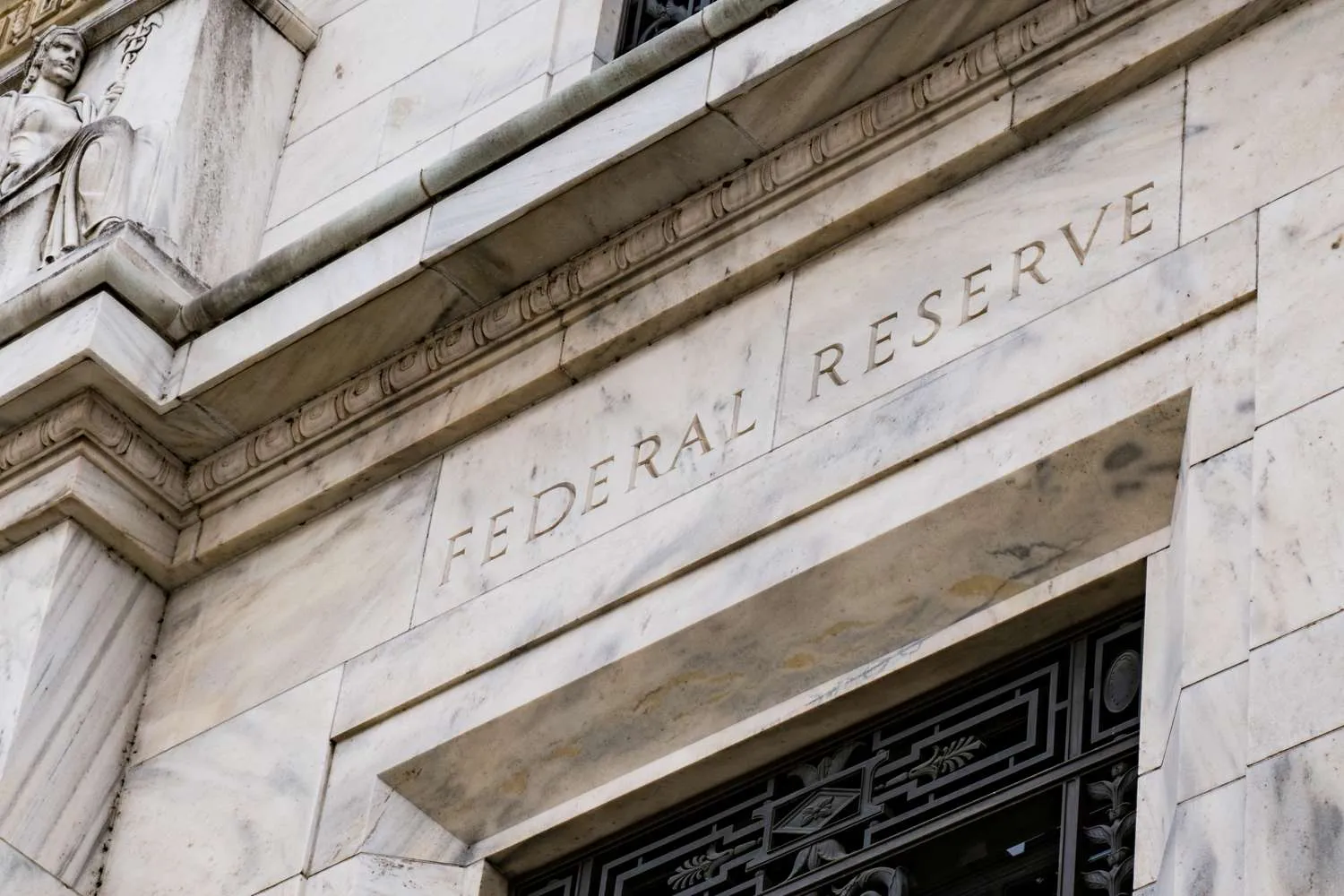
.webp)

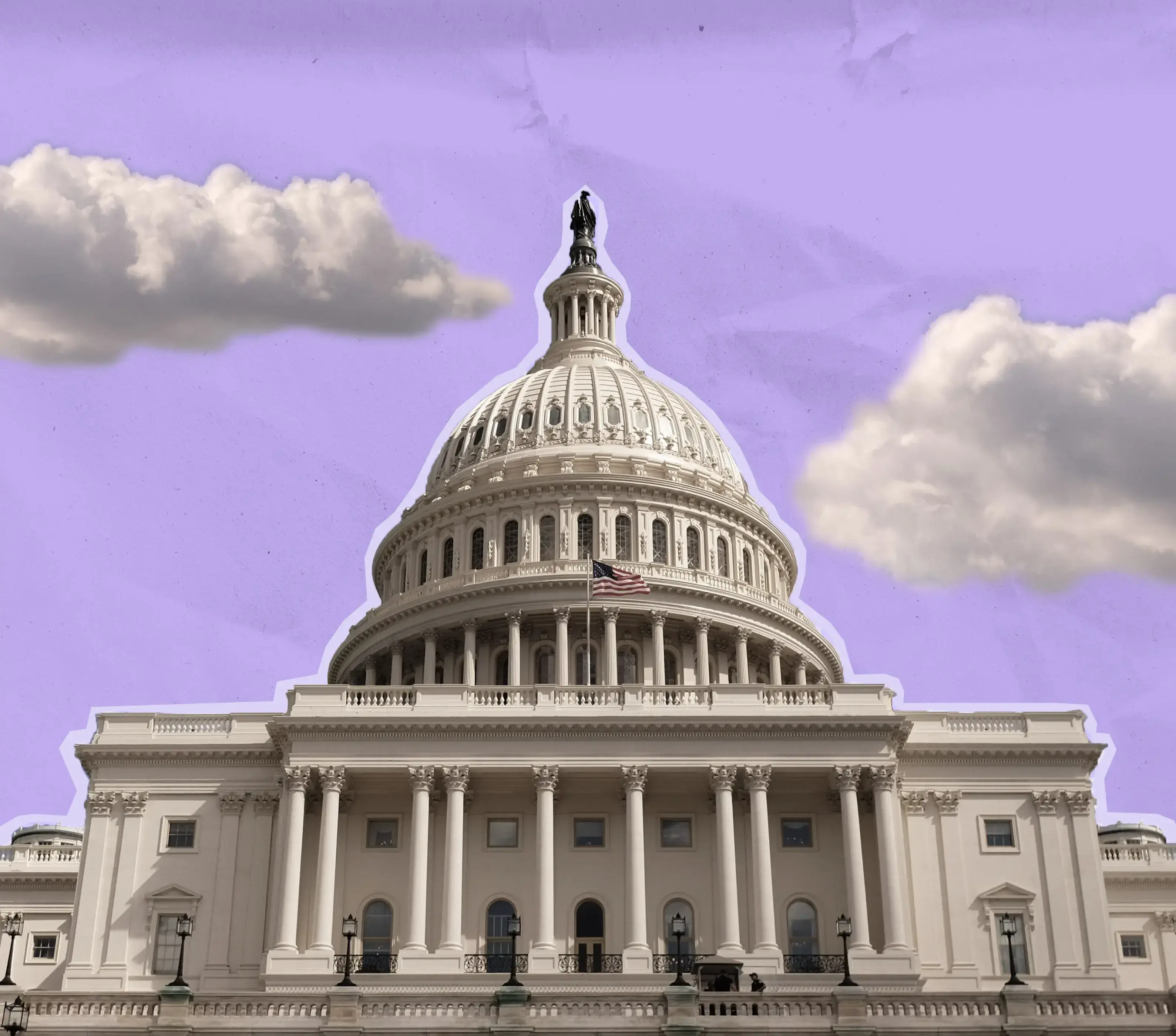

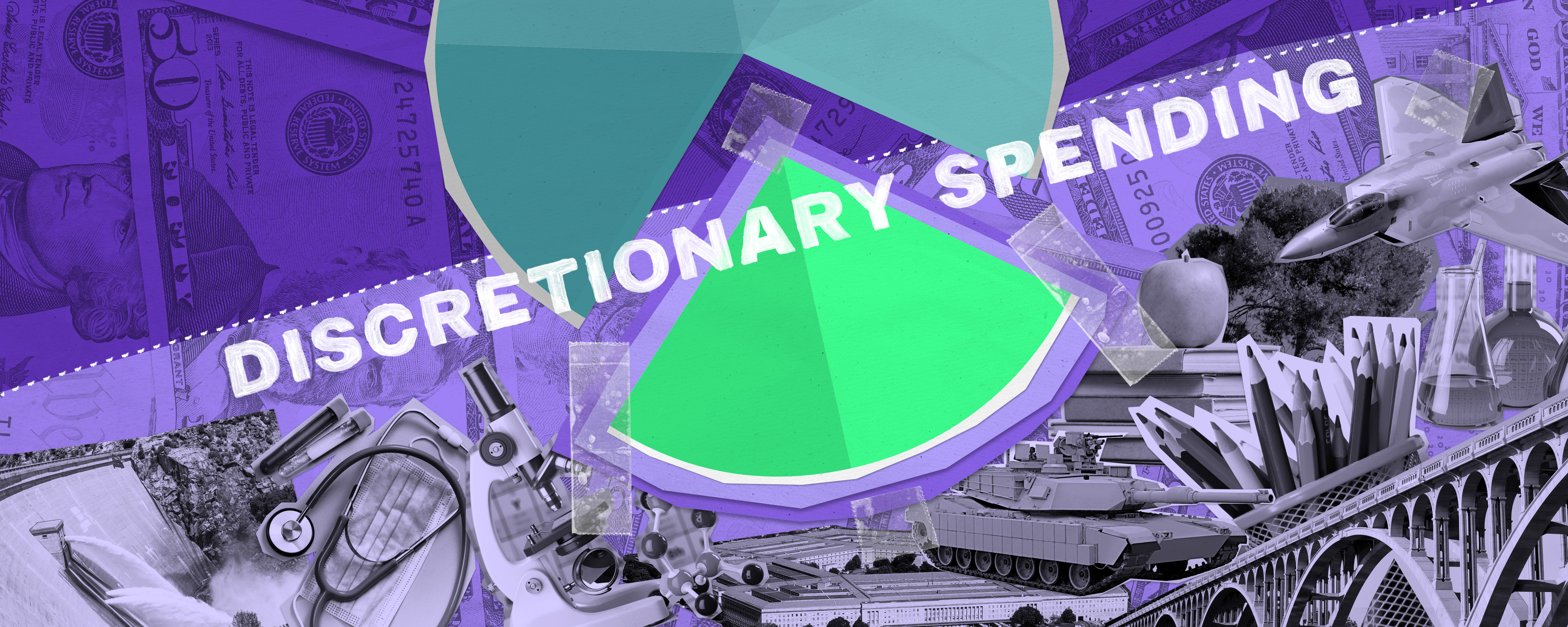
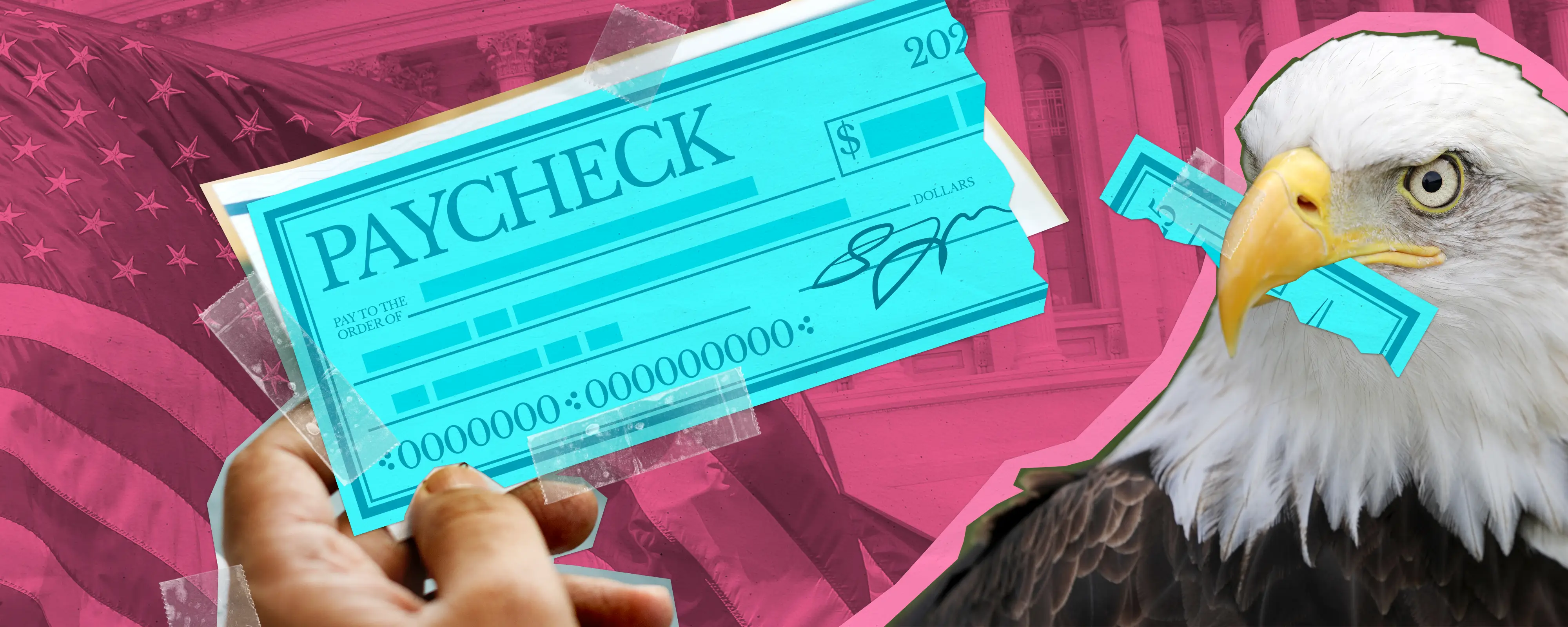
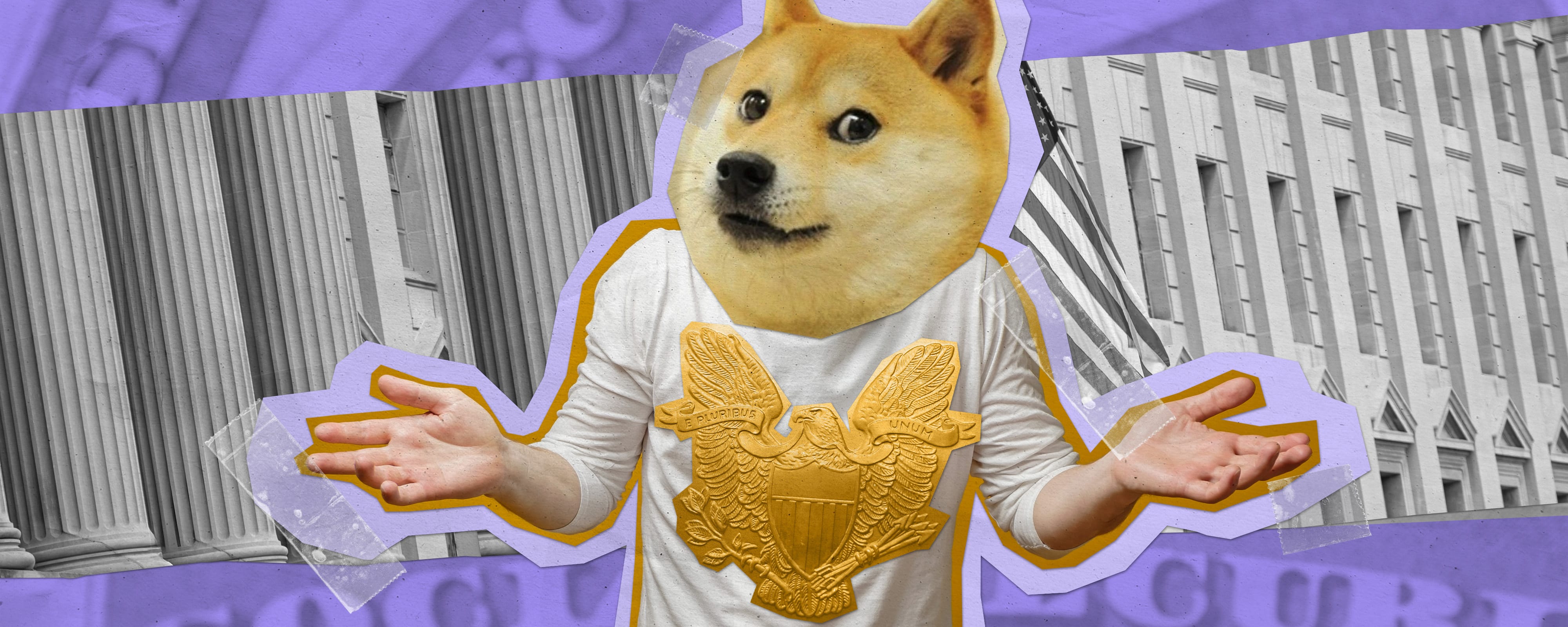


.svg)

